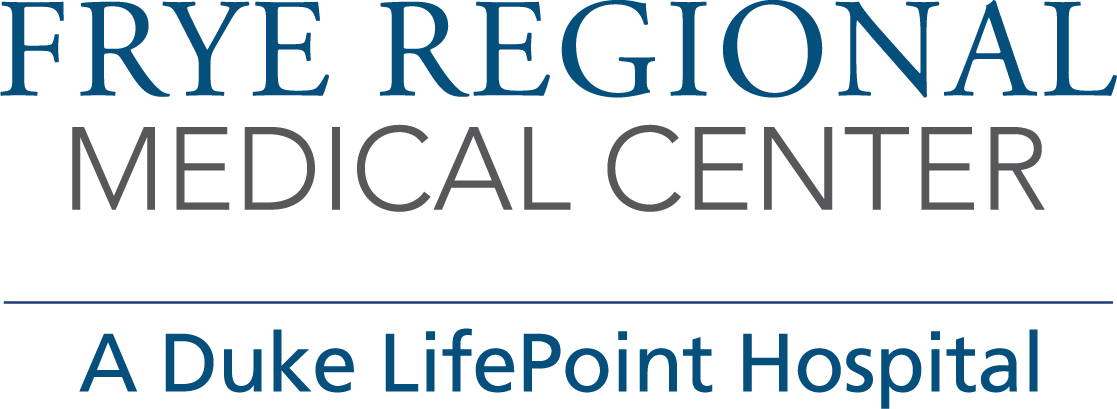Dry Needling
If you experience muscle pain, dry needling may relieve that pain and allow you to be more active.
Trigger point dry needling is the use of solid filament needles inserted through the skin and into the muscle to release painful myofascial trigger points. It is called dry needling because no solution is used on the needles as you would with a hypodermic needle used in common injections.
How does it work?
Trigger point dry needling uses a small, solid filament needle which is inserted into that painful knotted muscle to create a localized response often called a twitch response. This helps to start the healing process by causing micro trauma to the muscles and activates the body's immune system to decrease inflammation. This helps the muscles to release tension allowing for improved mobility and pain reduction.
How is it different from acupuncture?
Trigger point dry needling is not acupuncture. It is based on Western medical research and principles, where acupuncture is based on traditional Chinese medicine. The main similarity is that the same sterile, disposable solid filament needles are used. Each therapy has a separate and distinct methodology, perspective and practice.
What conditions are treated with dry needling?
- Achilles tendinitis/tendinosis
- Chronic pain
- Back pain
- Golfer's elbow
- Headaches
- Hip and gluteal pain
- Knee pain
- Muscular strain/ligament sprains
- Neck pain
- Plantar fasciitis
- Sciatica
- Shoulder pain
- Tennis elbow
What results can I expect from the treatment?
After the first treatment patients generally experience improvement in range of motion, and decreased symptoms. Usually there is some soreness associated with the areas treated. This soreness typically lasts from a few hours to two days. Occasionally patients may have some bruising. The pain can usually be alleviated with ice and doing the stretches given to the patient by the physical therapist.
Is dry needling painful?
We are often asked if dry needling is painful. Patients may or may not feel the insertion of the needle. There is some mild soreness as the needle passes into the muscles. Often as the needle gets to the trigger, it produces a local twitch response that is a quick flash of pain or often described as a deep ache that comes and goes in a matter of seconds. The therapeutic response is elicited in the twitch response and is a desirable reaction to the treatment.
A referral from your doctor is required. If you do not have a referral, please contact your family doctor.
For more information or to schedule an appointment, call 828. 728.8317.
